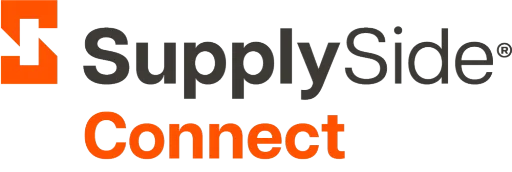Food and Supplement Labeling: Canada vs US Requirements

Understand food and supplement labeling differences between Canada and the US to stay compliant and avoid costly delays.
... Read moreHealth Canada Releases Consultation on Co-Packaged Drug Products

Health Canada is asking for your input on new draft guidance for co-packaged drug products. Participate now to help shape future compliance expectations.
... Read moreFDA Releases Cosmetic Facility & Product Registration Summary

FDA releases registration and listing data for cosmetic facilities and products under MoCRA. Learn what this means for your compliance.
... Read moreWhy a Canadian Agent Is Now Required for Cosmetic Notifications

Starting March 2025, Health Canada requires all cosmetic notifications to include a Canadian Agent. Learn what this means for your business.
... Read moreFDA to Extend Food Traceability Rule: What You Need to Know

The FDA plans to extend the Food Traceability Rule compliance date by 30 months. Find out how this impacts your compliance strategy.
... Read moreSupplySide Connect New Jersey 2025

Vitafoods Europe 2025

Your Guide to Submitting a Medical Device to the FDA Without Errors

Avoid FDA medical device submission errors and improve your approval chances with these expert tips.
... Read moreHealth Canada Announces Amendments to Cannabis Regulations

Health Canada updated cannabis regulations on March 12, 2025. Learn about compliance, cost-saving benefits, and industry impact.
... Read moreHealth Canada’s Latest Front-of-Package Labelling Updates

Stay compliant with the latest Health Canada FOP labelling updates affecting fresh coconut and breakfast cereals. Learn key policy changes here.
... Read moreHealth Canada Proposes Changes to Caffeine as a Supplemental Ingredient

Health Canada proposes modifications to caffeine use in supplemented foods. Learn how this impacts compliance and product formulation.
... Read moreSelf-Affirmed GRAS May End – What It Means for You

The FDA may eliminate self-affirmed GRAS. Learn how this change could affect food ingredient approvals and what steps you should take now.
... Read moreHealth Canada Reviews CBD as an NHP in New Consultation

Health Canada is conducting a public consultation on CBD regulations for NHPs, exploring a pathway to allow non-prescription CBD products under the NHPR. This consultation opened on March 7, 2025, and will close on June 5, 2025.
... Read moreFDA’s New AI Rules for Medical Devices: What’s Changing?

The FDA just updated its AI rules for medical devices. Learn what’s changing, how it will impact your business, and stay ahead of compliance updates.
... Read moreHealth Canada to Prioritize Canadian-Made Class III NHPs

Health Canada is prioritizing Class III NHPs made or sold in Canada. Learn what this means for your application and how to stay compliant.
... Read moreHealth Canada’s Latest Updates to the Supplemental Ingredients List

Stay compliant with Canada’s updated rules for supplemental ingredients in supplemented foods. Learn key factors and avoid regulatory risks.
... Read more